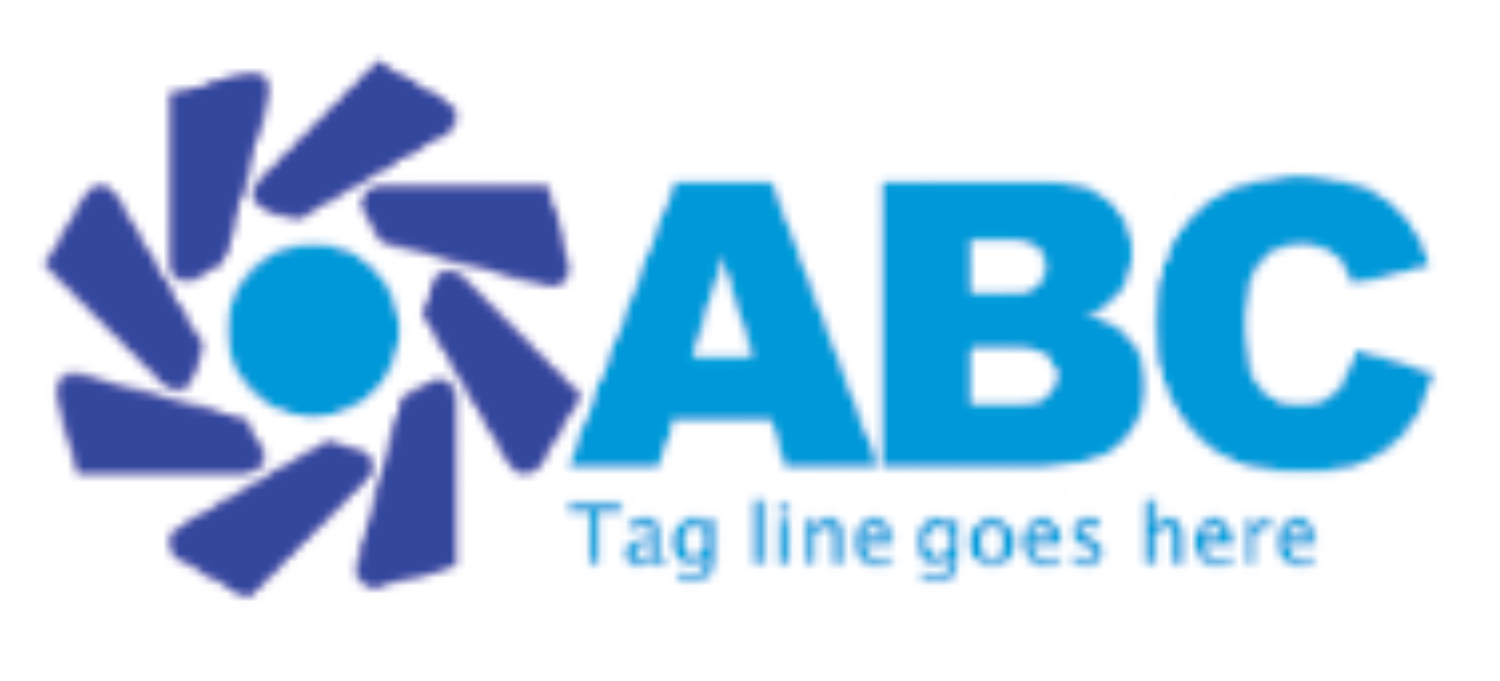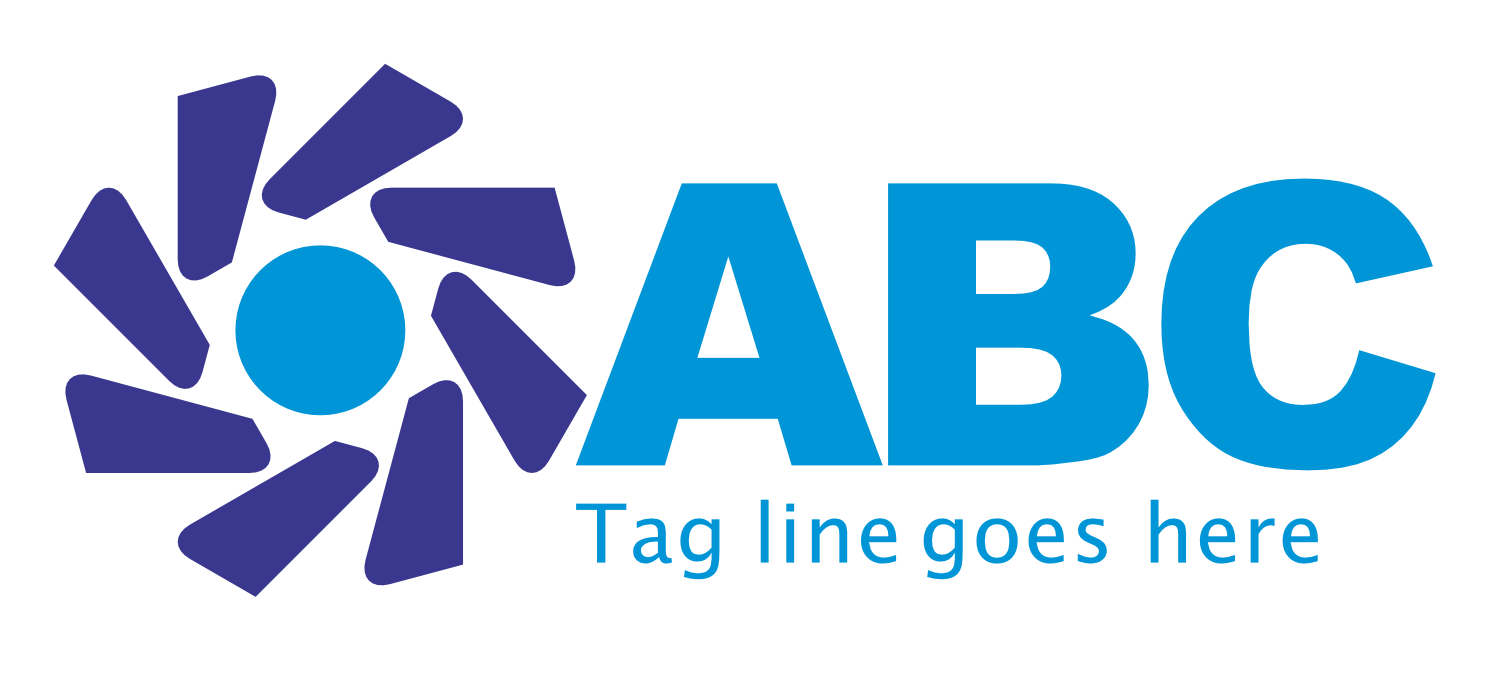What’s the difference between vector files and raster files?
When you commission a logo design your designer should always create the logo in a vector format whenever possible.
There are several reasons why and today I would like to explain them to you.
When you view a logo on screen the image is made up of pixels, this is most common with a JPEG or bitmap image, otherwise known as a raster image.
Here is the image made up of pixels.
Imagine taking this raster image and enlarging it to the point where each pixel loses its sharpness because there is no longer enough information stored within the file. You will see a blurry image which will not look crisp at such a large size.
A vector file on the other hand is made up of paths and not pixels meaning that no matter how large you scale them you won’t see any loss in clarity or appearance because you are scaling a path rather than a pixel.
Here is the image made up of paths.
Put simply vector files are mathematical formulas that connect points through lines and curves on a grid to create a path. This path can infinitely adjust in size without losing quality because there are no pixels.
They are technically 2D, but layering different elements and using textures can give a vector a 3D appearance.
Vector files allow for precise control over anchor points and paths, resulting in clean and sharp designs. They are editable and non-destructive, making it simple to modify and adapt logos and icons as needed. Whether it’s updating the brand’s colour palette or tweaking the design for a new product, vectors allow for seamless revisions without compromising quality.
Do you remember doing ‘dot to dot’ drawings as a child?
You would connect the numbered dots point by point to achieve an image. Well, that’s how vector images work.
The most common types of vector files are:
.ai - Adobe Illustrator
.eps - Encapsulated PostScript
.pdf - Portable Document Format
.svg - Scalable Vector Graphics
A vector file can be scaled up or down and you can export it to any size you wish without a loss of quality, pixelation or blurring.
Let’s say you want to use the same file on your business card and a roller banner. The vector can scale up or down and still look as clean and crisp as the original.
Think of it as stretching a piece of gum.
Sooner or later, the gum will stretch so far that it will snap, that’s what happens with a raster image.
Now think of unrolling a never-ending hose pipe.
No matter how long you make it, the hose will not break or distort but instead keep on growing while staying the same shape – well, that’s the vector image.
There is another benefit to a vector image and that is because you can export it as a raster image if you need to but you can’t go the other way and export a raster image as a vector for the reasons I have already mentioned.
Take a look at the files your designer has supplied you with for your logo and see if you have a vector version. You can always contact us to get your vector version.


